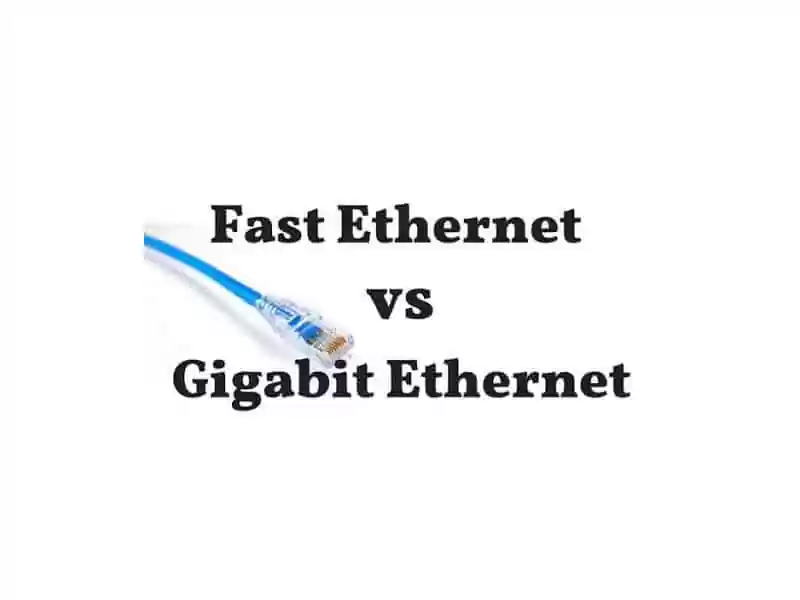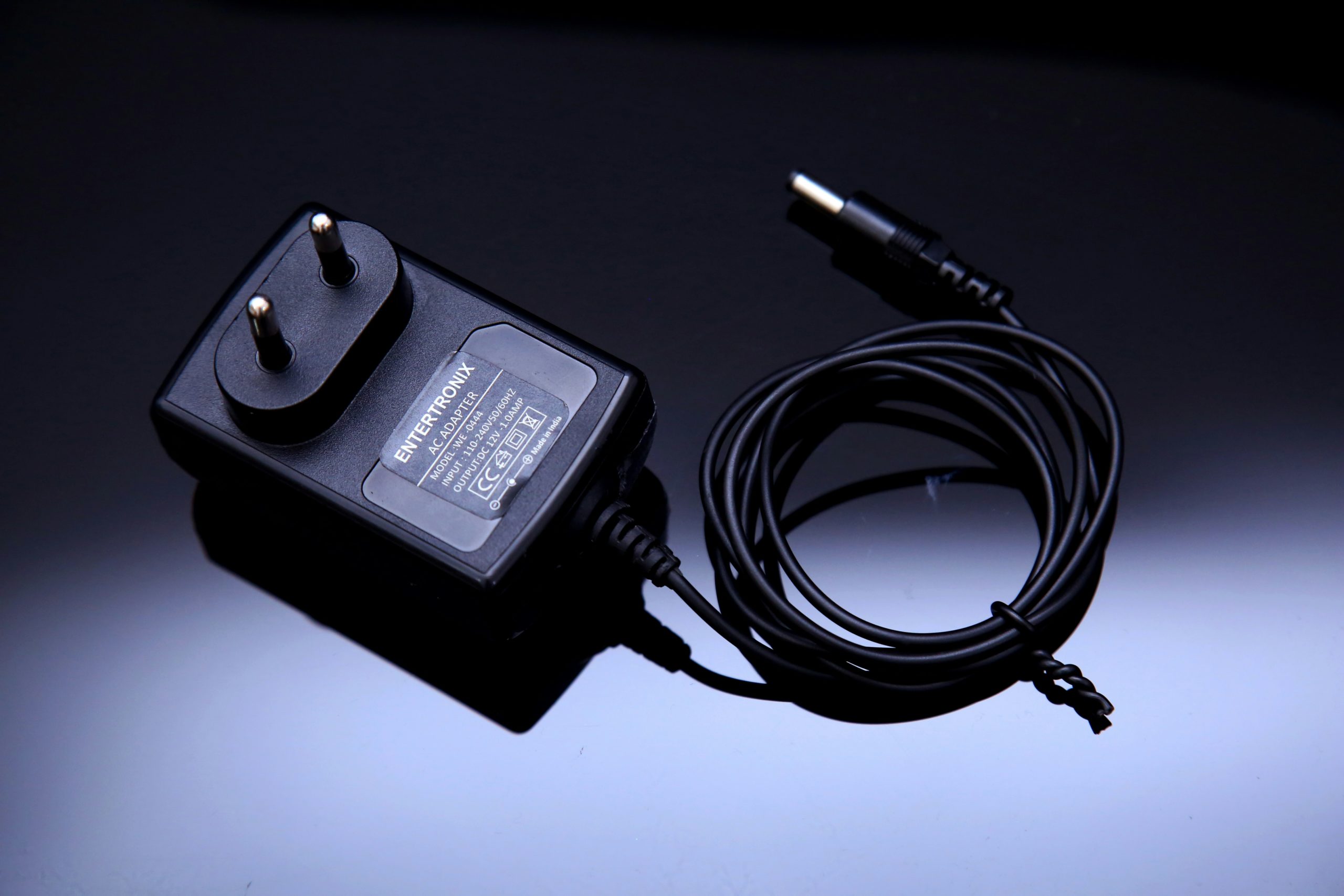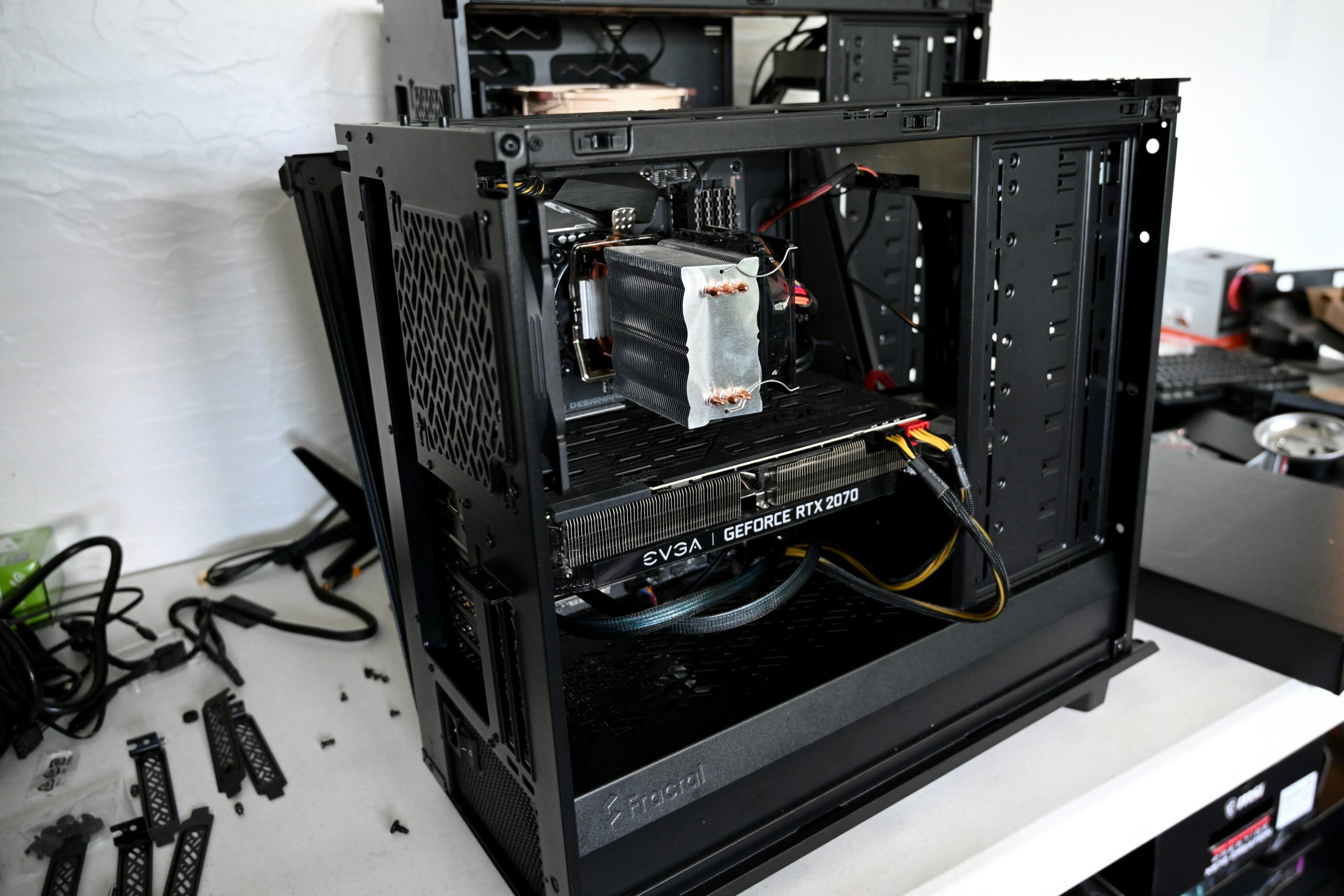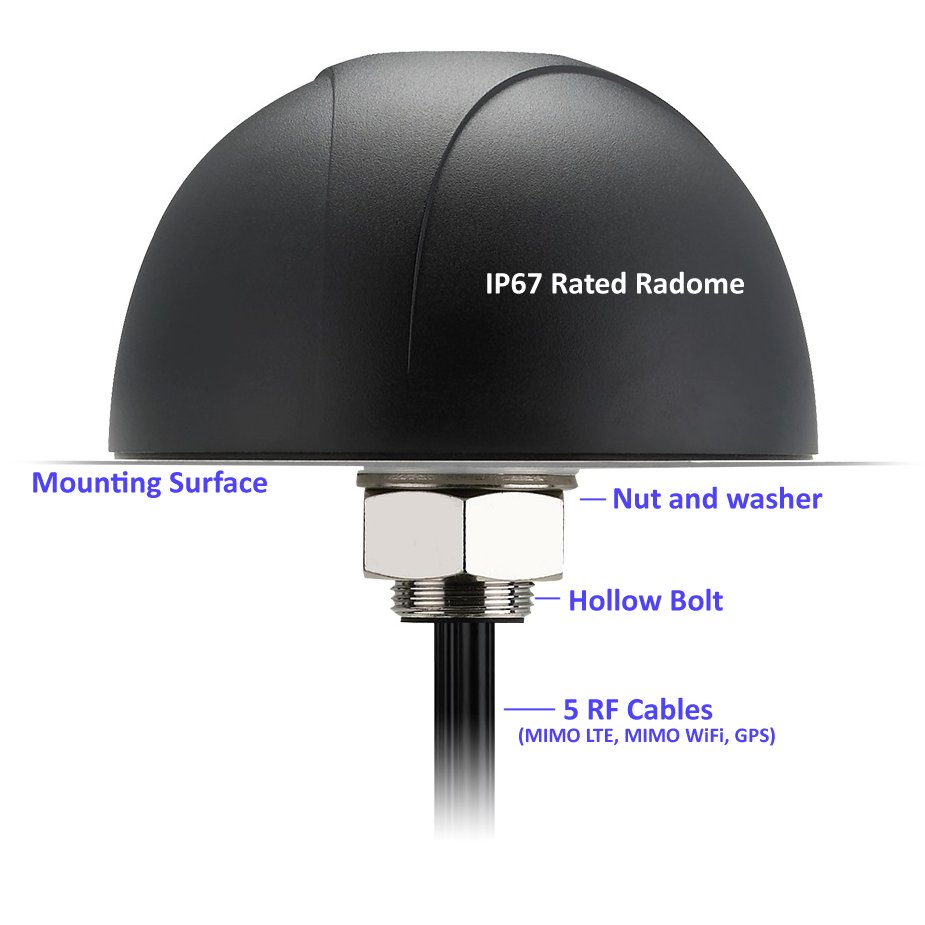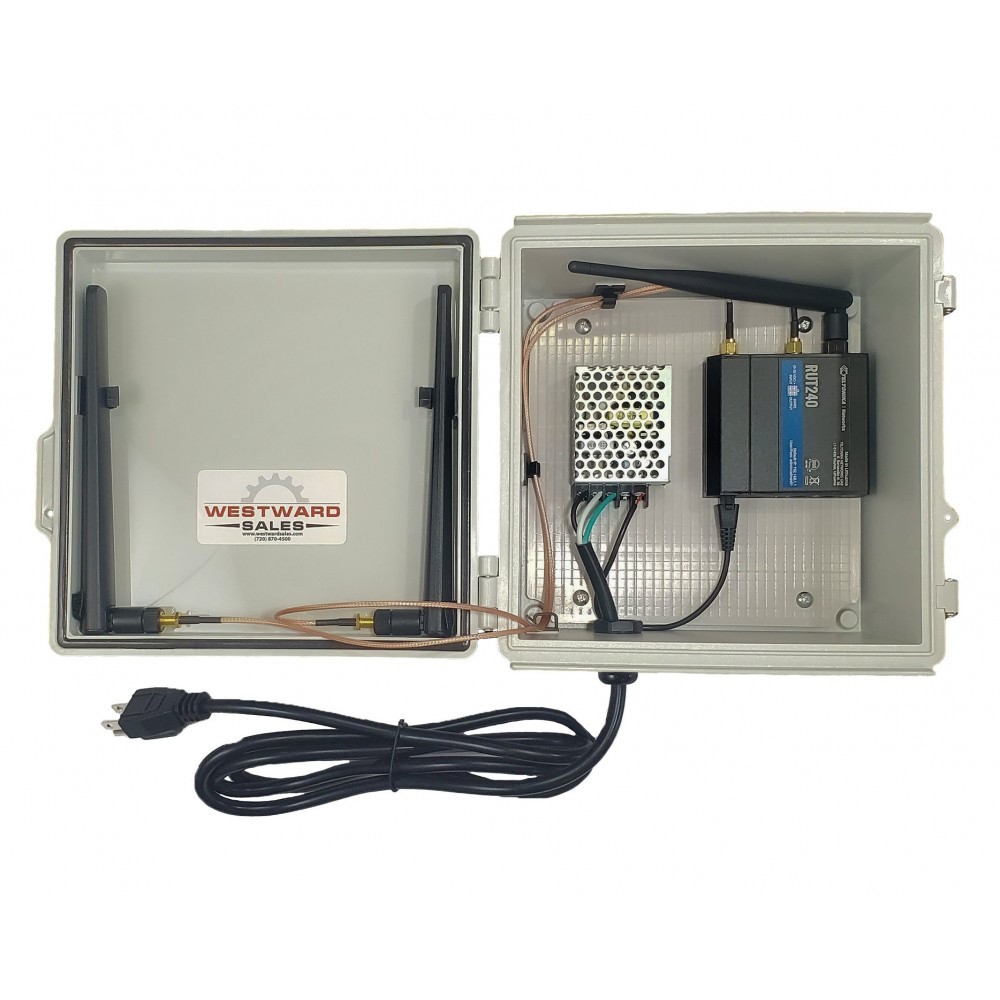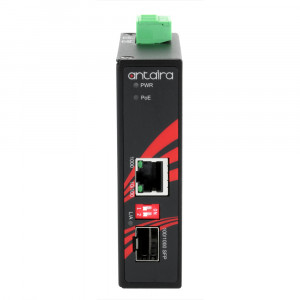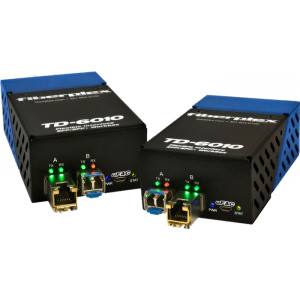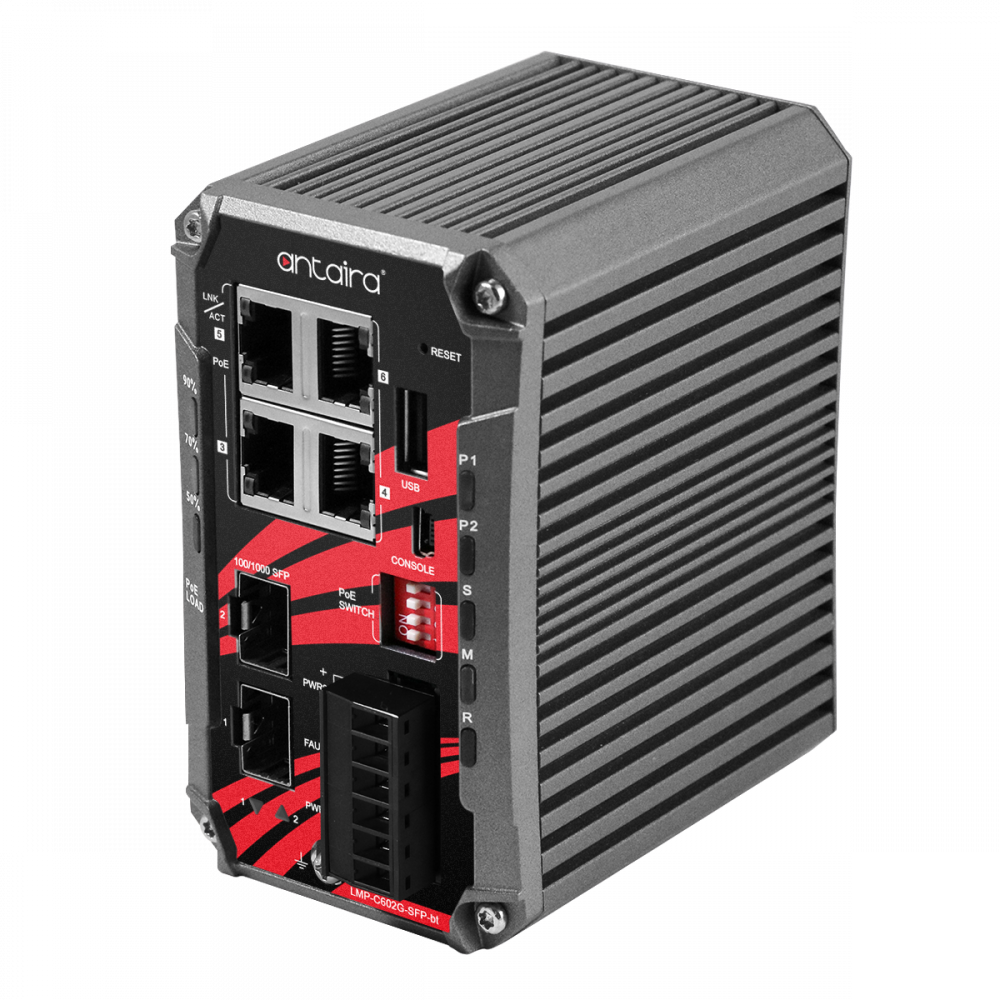Deciding between Fast Ethernet vs. Gigabit Ethernet may be challenging for many. However, the right choice can significantly enhance personal and business network performance.
The demand for faster, more reliable internet speeds continues to grow. Whether you’re streaming movies or managing a business with multiple networked devices, understanding the differences between these options is crucial.
This guide gives you the knowledge to make a practical decision that best suits your needs.
Continue reading…